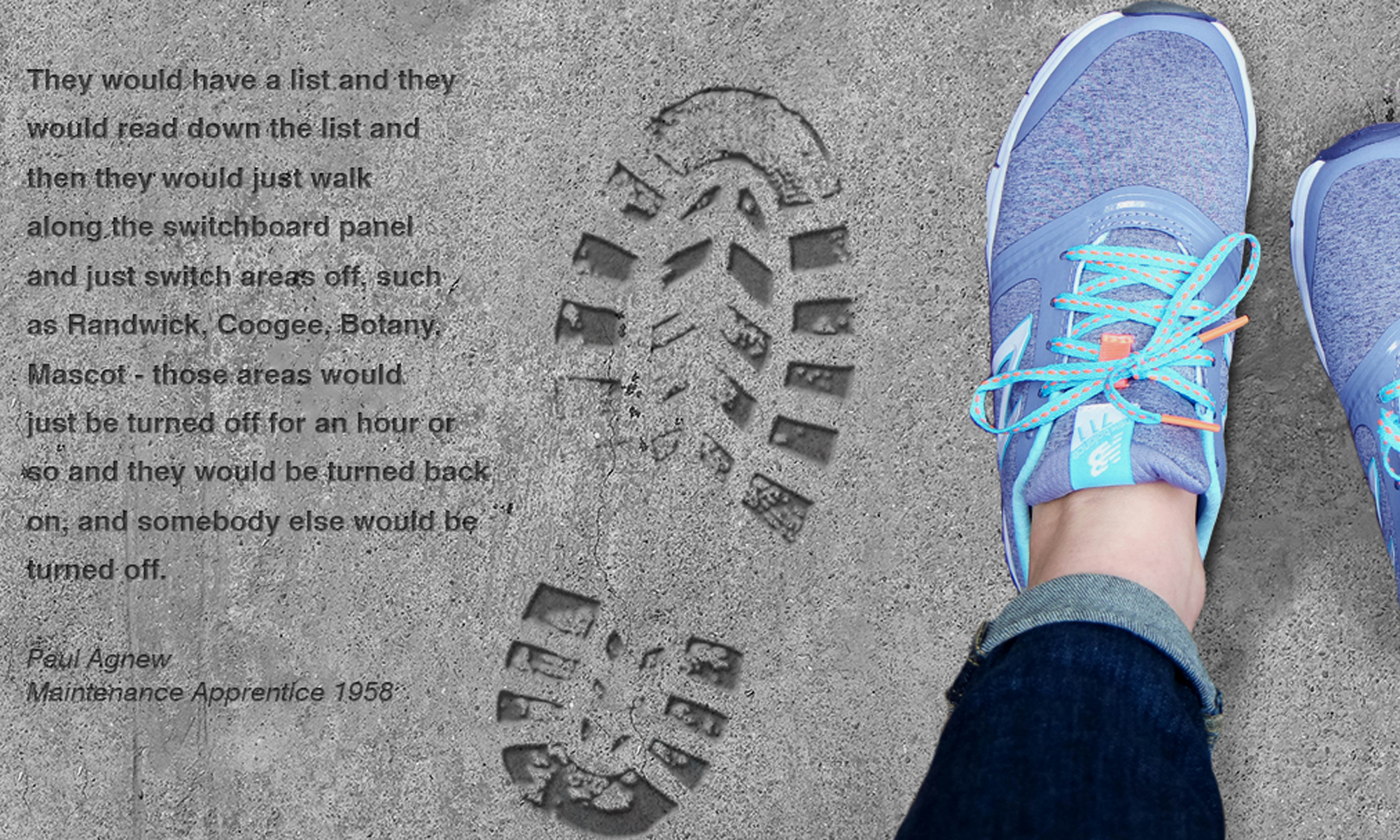White Bay Power Station
INTERPRETIVE PLAN
Project Commenced: June 2017
Project Completed: May 2018
Thylacine’s role
- site assessment
- content research
- concept design and planning
- report writing and production
Project overview
White Bay Power Station is a heritage-listed power station that operated from 1917 until it was decommissioned in 1983. It is located in Sydney, and forms part of the Bays Precinct Transformation Plan being managed by UrbanGrowthNSW. The long-term vision for this site is to become a technology and innovation hub.
As part of the master plan process Thylacine developed an interpretive strategy, targeted at interpreting the Power Station’s rich heritage and attracting visitors to the site. Our goal was to facilitate a contemporary conversation where the sites history was discoverable through exploration, creating moments of surprise, delight and connection across the revitalised landscape.
Key content
White Bay Power Station is a complex landscape, speaking to many themes and time periods. Interpretation needed to be delivered through an integrated overlay focused on moments of engagement, rather than a formal chronology. We envisioned content delivered in a way that made it discoverable, personal, and often momentary.
In response to this, we developed a spiral model, at the centre of which was the notion that White Bay was a place of human ingenuity across time, from the site’s earliest use by the Eora people, it’s time as a power station, through to its adaptive reuse as an innovation hub. The journey of human ingenuity told by the site can be traced through envisioning the past as a spiral, with the Power Station at its heart.
Using this approach, the White Bay Power Station forms the centre of an interpretive hub, from which key narrative themes ‘spiral out’. Each of these strands may be followed around the site, delivering a unified interpretive journey that also encompasses the physical site as a whole.
Themes and sub-themes were identified and linked to the values articulated for the site at the master planning level. The visitor experience was framed by the notion of interpretive ‘portals’, revealing the unseen layers of history that enrich the landscape of the Power Station.
Drawing on this, we envisioned interpretive nodes placed at key physical locations across the site. At each node, different time periods were interpreted throughout the day. Nodes could be triggered virtually, with content delivered via the visitor’s own device. We also saw the opportunity for an AR overlay, offering photographic windows into the past.
These large-scale overlays revealed key heritage layers and forms, and fragments of personal interaction. They aimed to connect key locations across the site through time, using images, personal stories, digital journeys and interaction.



